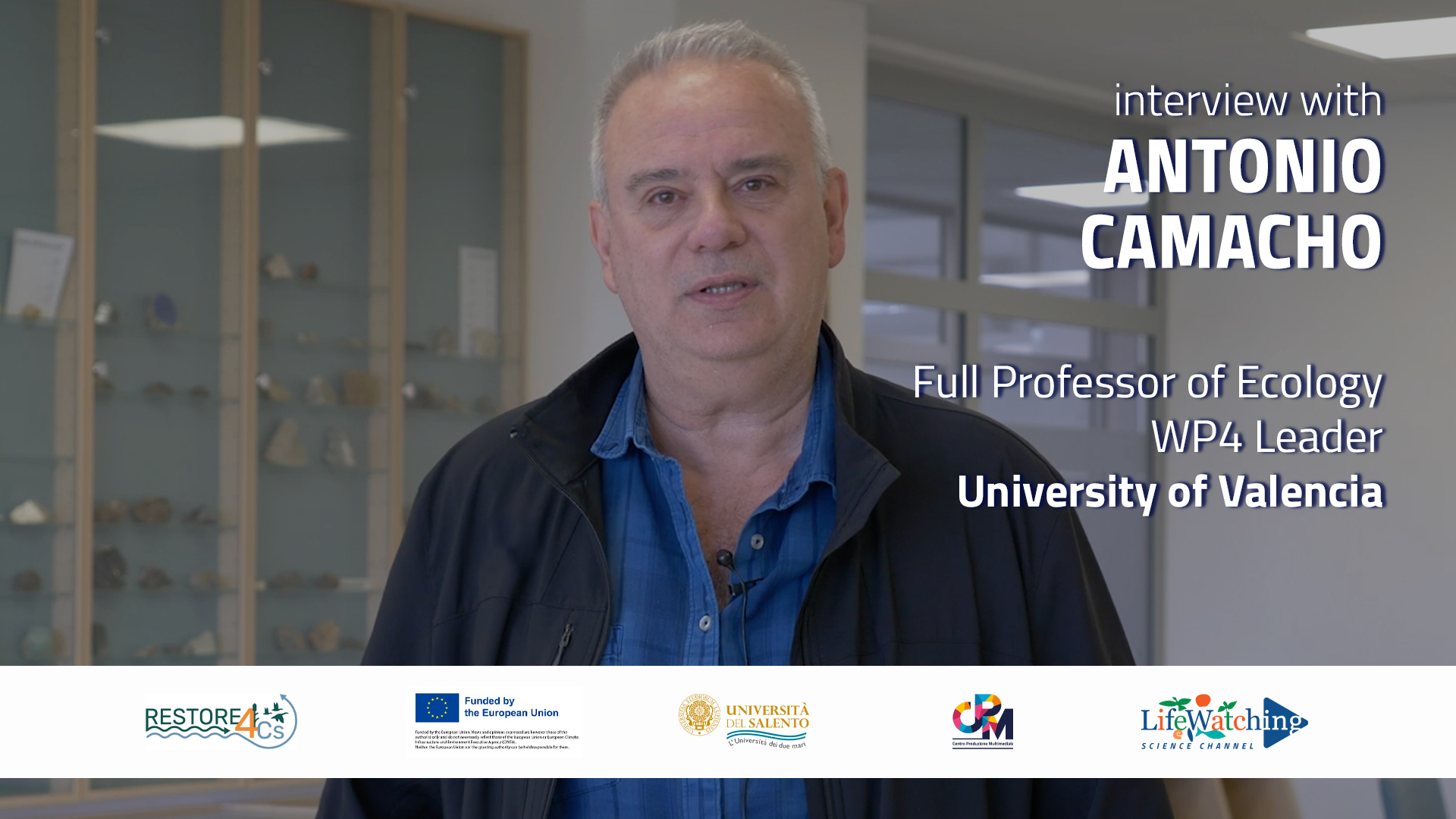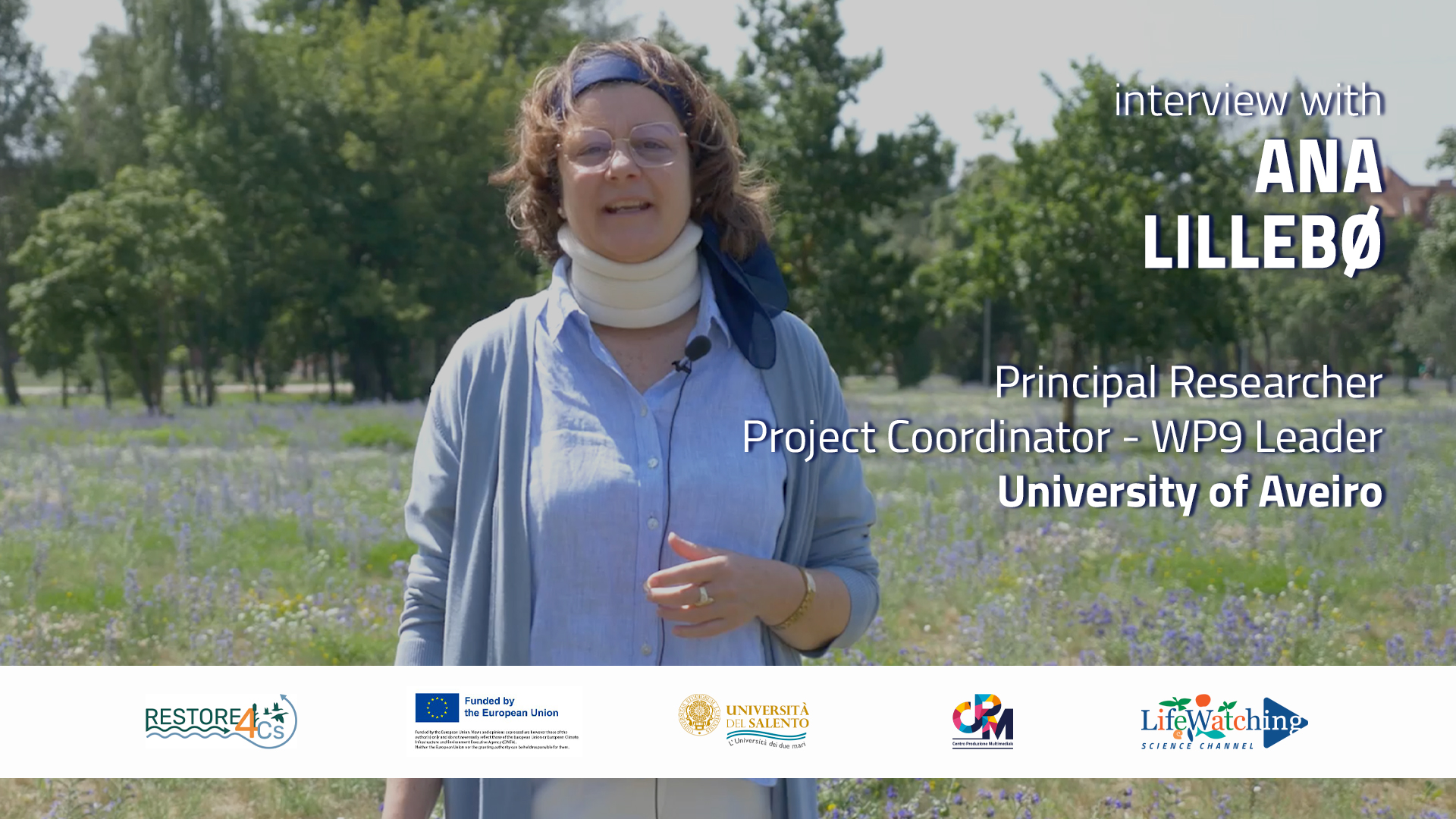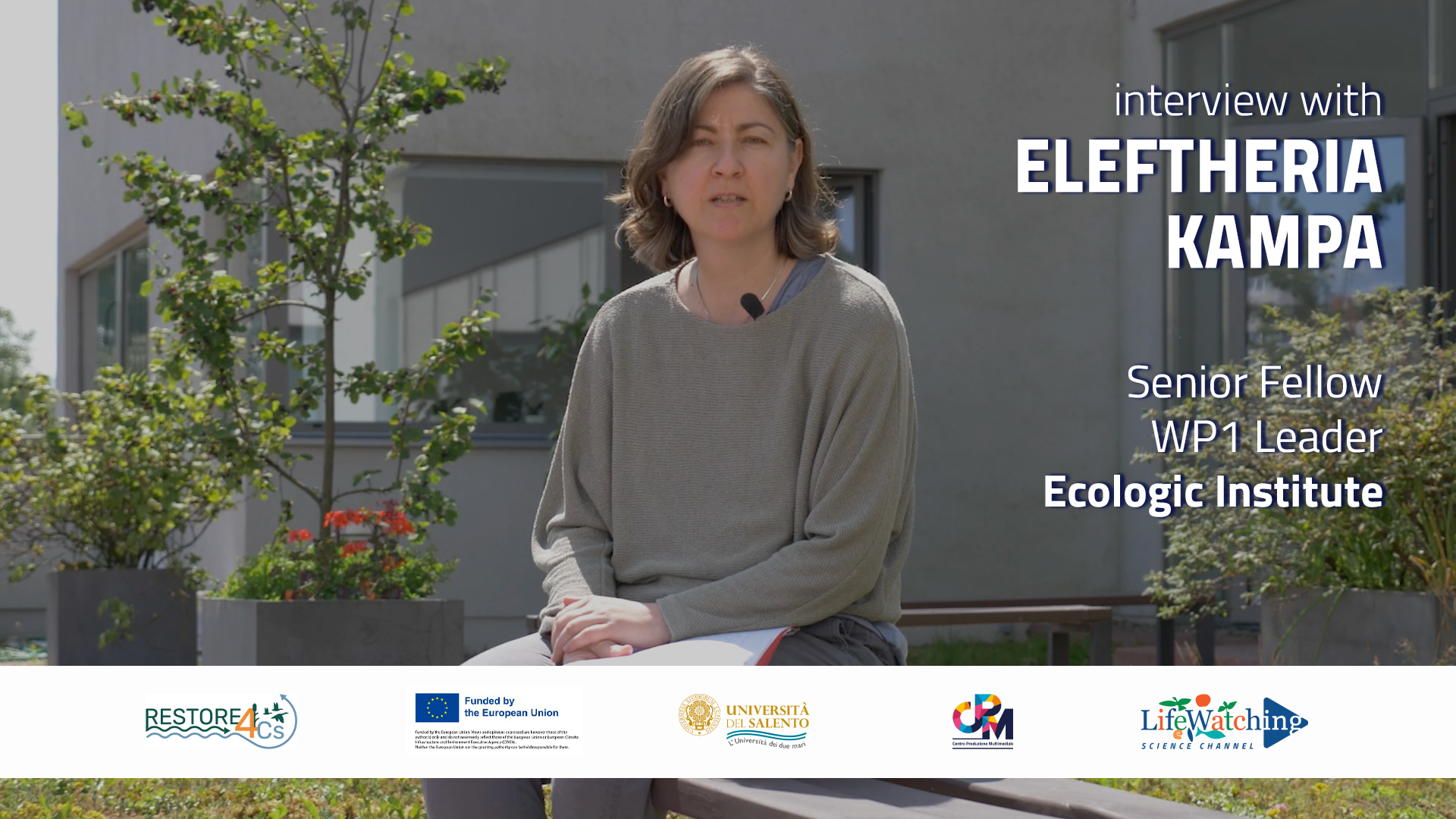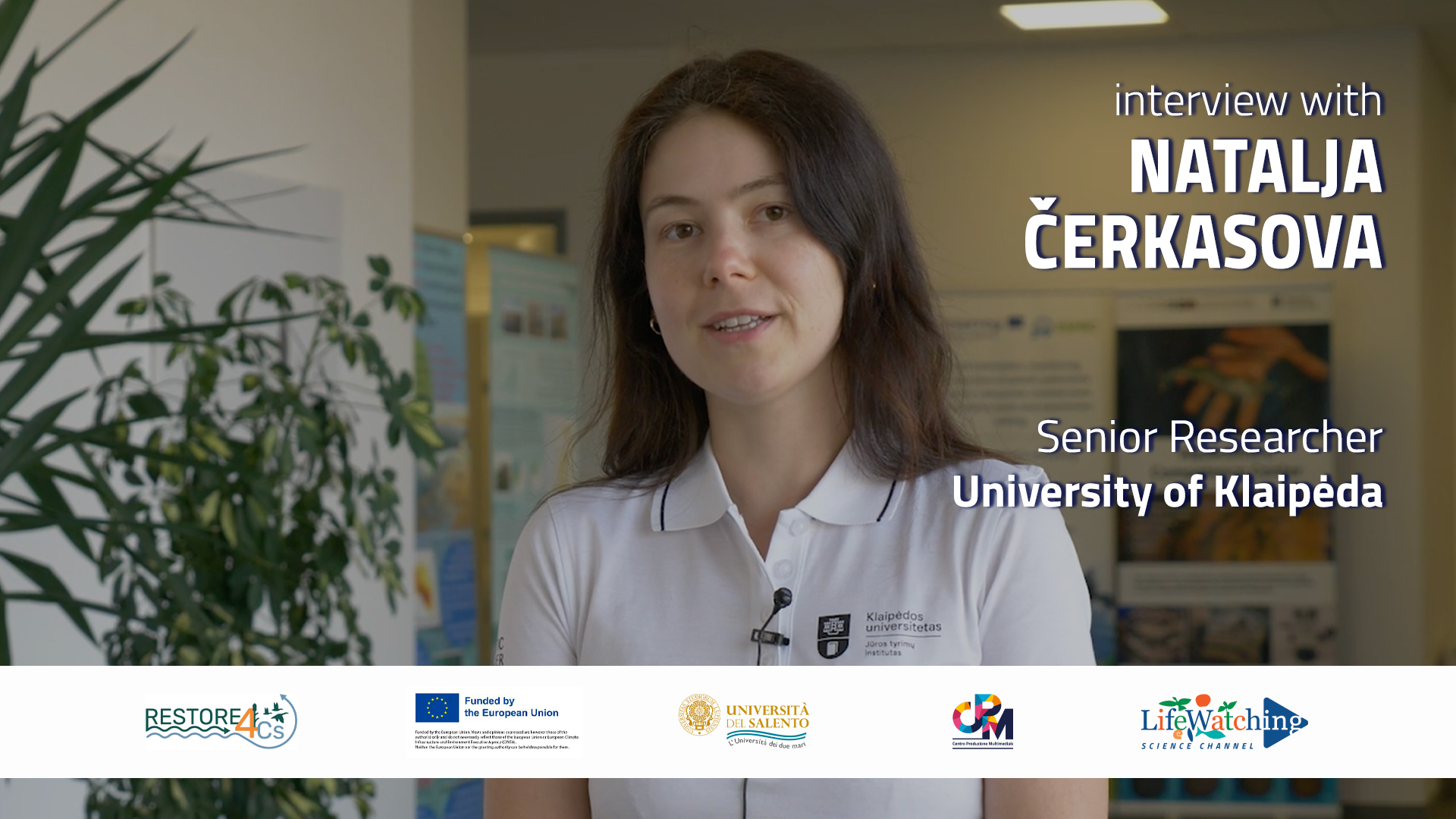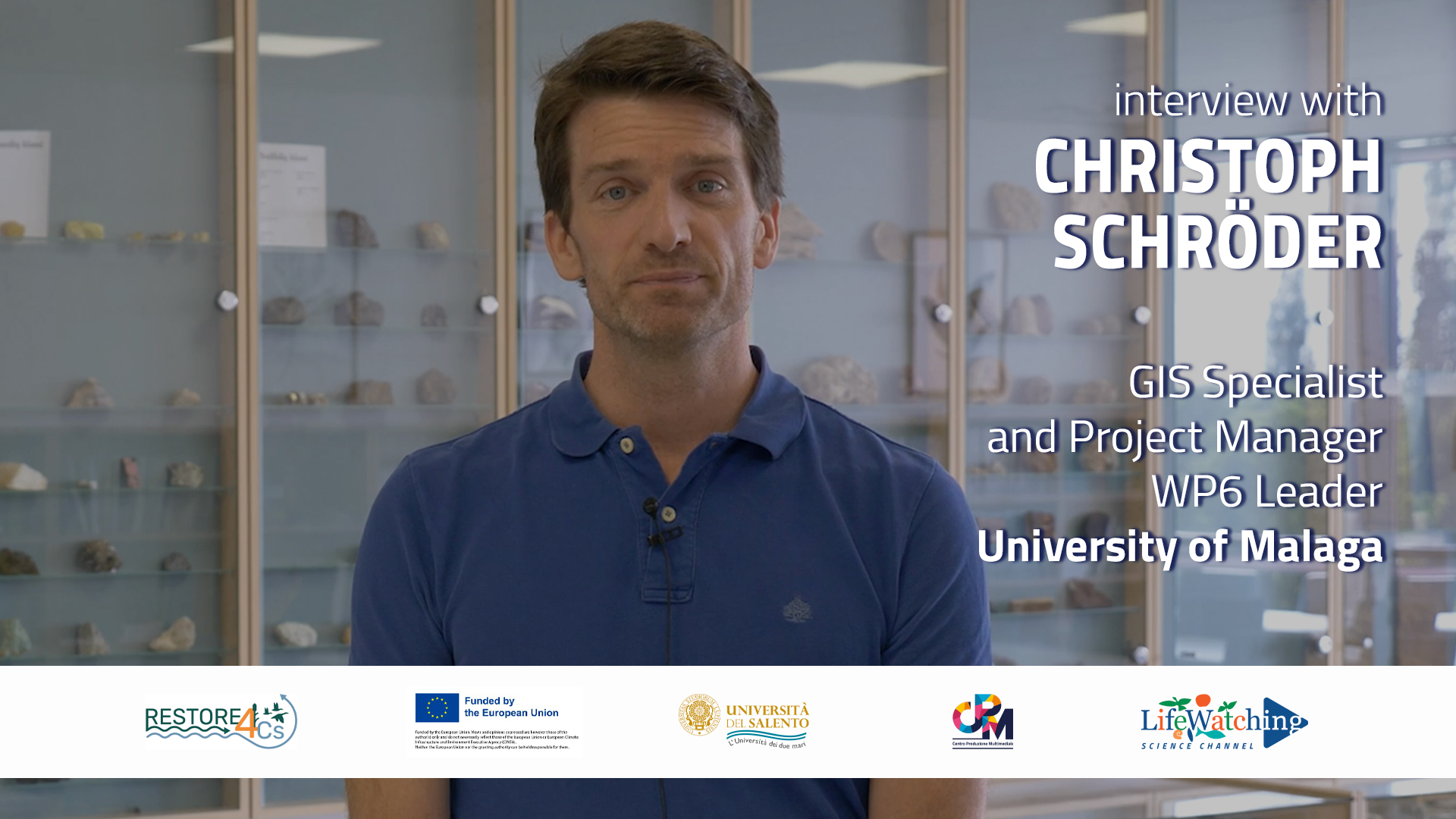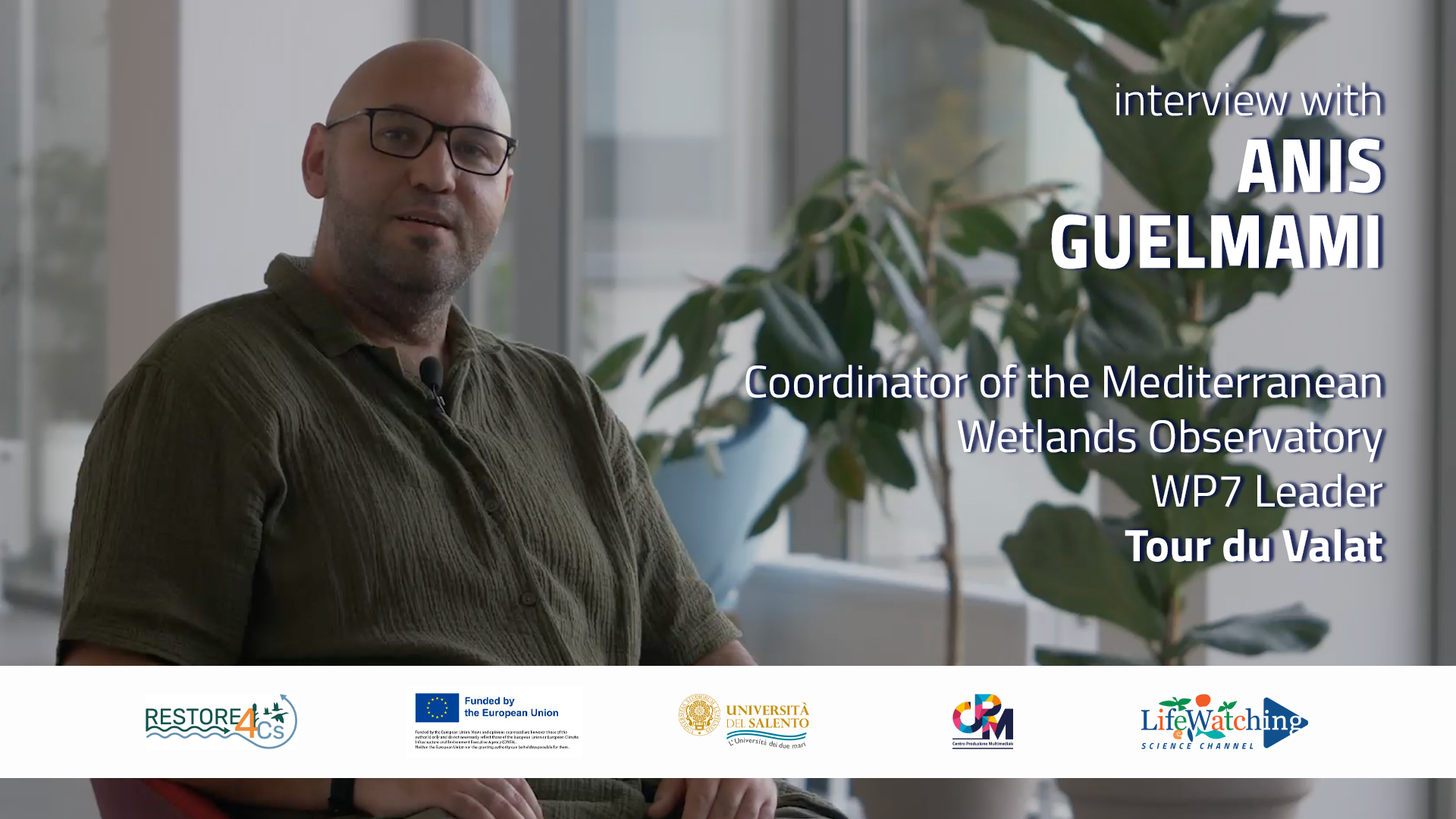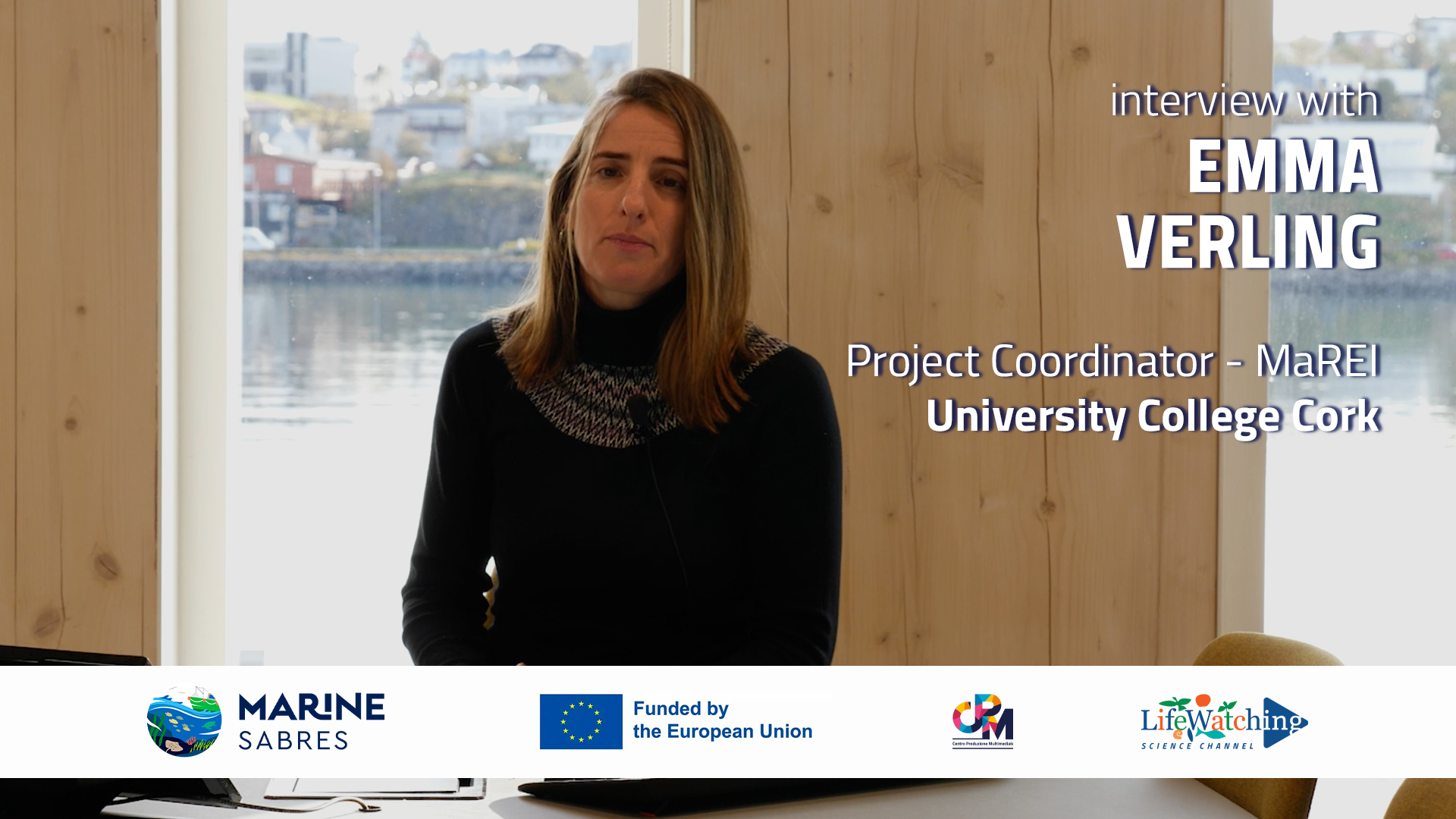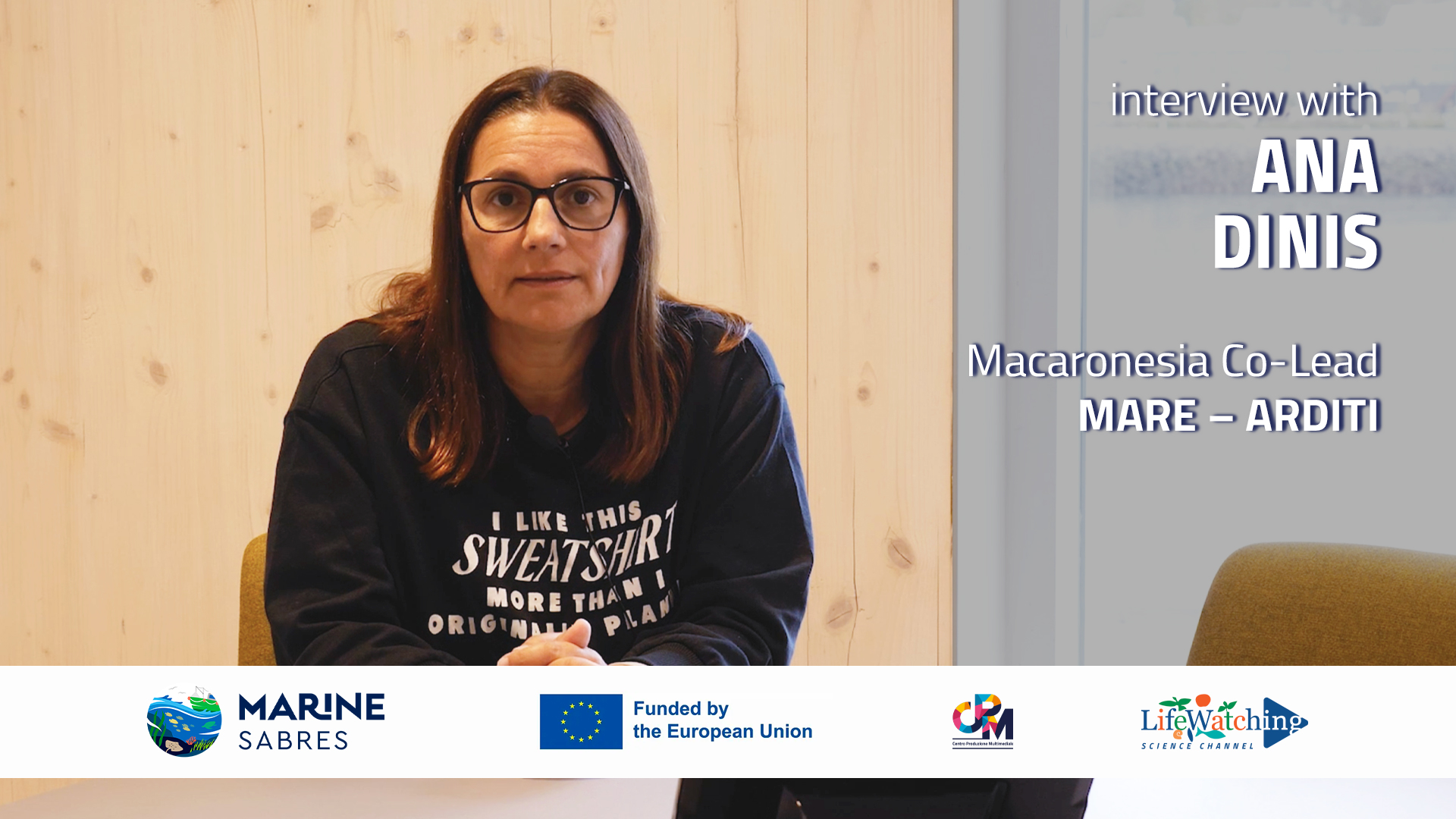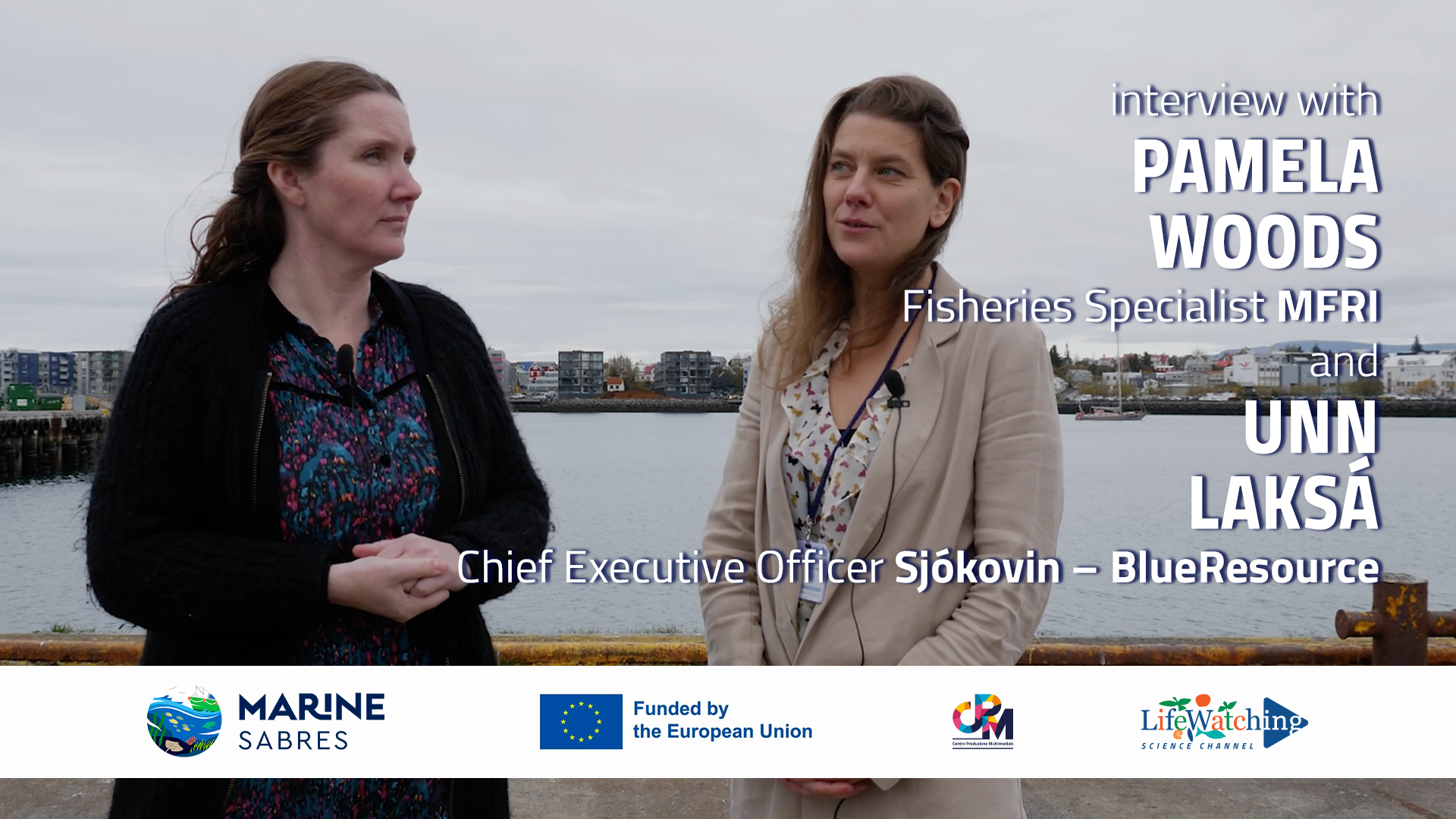Monitoring marine hard-bottom communities biodiversity for invasive species
Hard-bottom habitats occur where rocks or other hard surfaces, called reefs, are exposed from the seabed. Whether they are naturally occurring, like rocks, or artificial, like shipwrecks or jetties, hard bottoms feature some of the most spectacularly diverse biological communities on the planet, containing a wealth of genetic, taxonomic and functional information, but also delivering irreplaceable ecosystem services. Hard-bottom communities are currently experiencing severe changes under the combined effects of drivers such as climate change, eutrophication, habitat degradation and invasive species. Therefore, it’s essential to design and develop standardised techniques to assess these changes and impacts.
Katrina Exter (Flanders Marine Institute, VLIZ, Belgium) speaks about the Autonomous Reef Monitoring Structures (ARMS) programme, one of the five validation cases on Non-indigenous and Invasive Species (NIS) of the LifeWatch ERIC Internal Joint Initiative (IJI) which aims to provide insights into hard-bottom communities and the impact of NIS.
For more information on the IJI, please visit the LifeWatch ERIC website – Internal Joint Initiative (IJI) or read our Magazine “Alien Alert!” presenting the history of the IJI in narrative form: how five research cases into habitats affected by Non-indigenous and Invasive Species have validated a more powerful and comprehensive cloud-based virtual laboratory than ever before.

